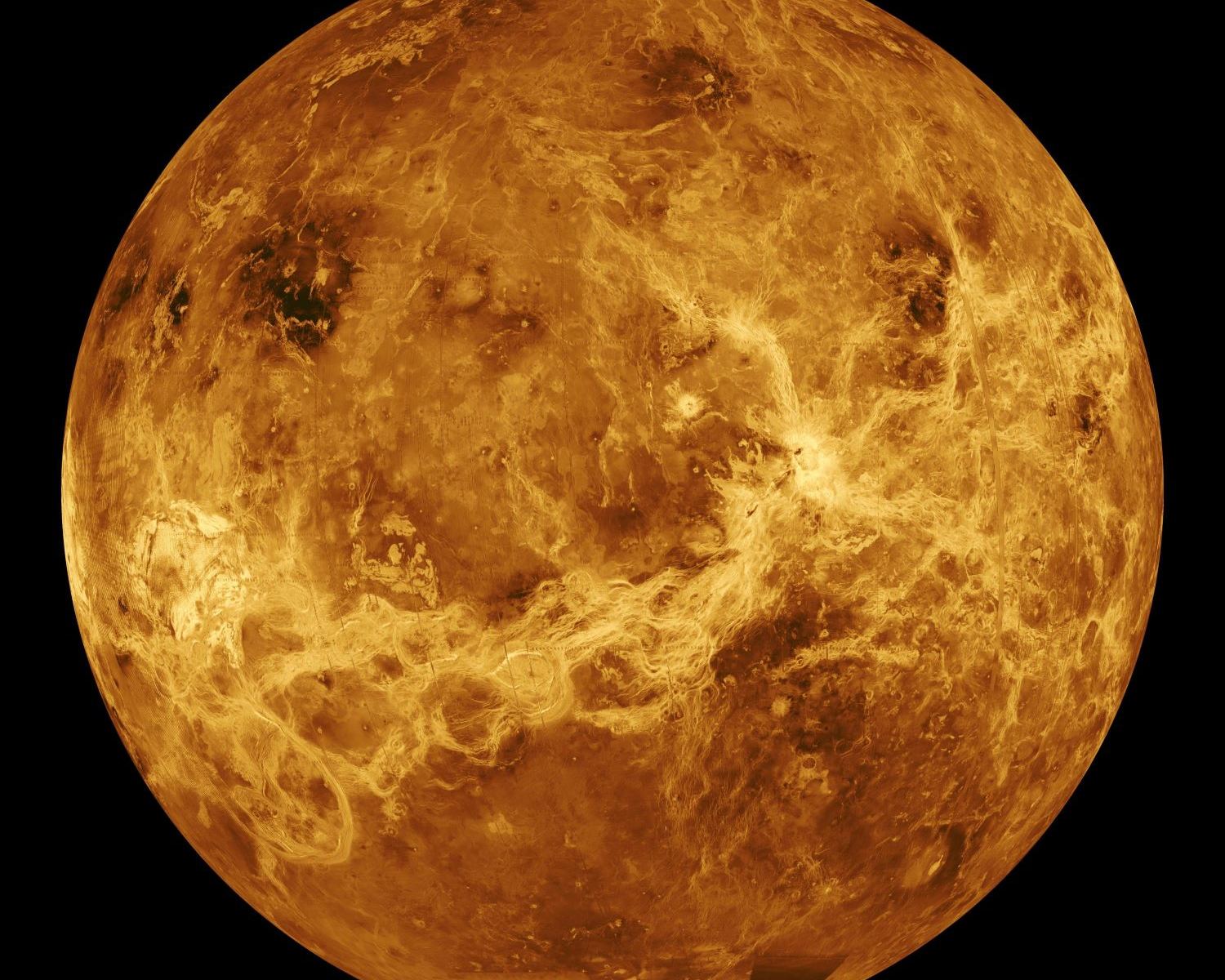Venus is often described as a hellscape. The surface temperature breaches the melting point of lead, and though its atmosphere is dominated by carbon dioxide, it contains enough sulfuric acid to satisfy the comparison with Hades.
But conditions throughout Venus’ ample atmosphere aren’t uniform. There are locations where some of life’s building blocks could resist the planet’s inhospitable nature.
Continue reading “Another Building Block of Life Can Handle Venus’ Sulphuric Acid”









